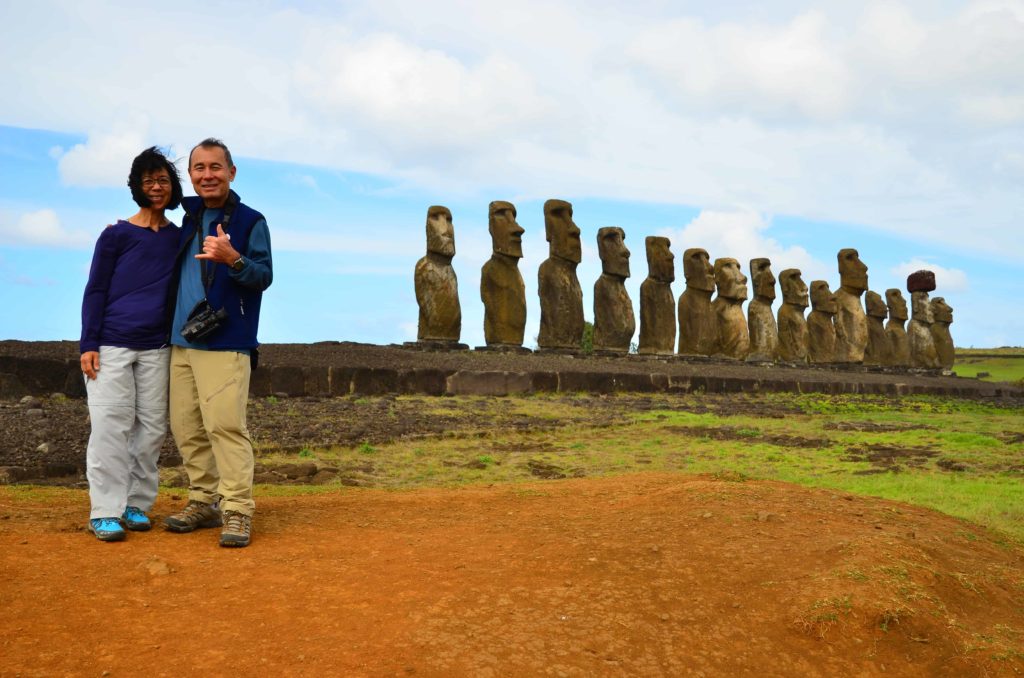Easter Island has mystified explorers, anthropologists, historians and adventurers for centuries. Located an incredible 2,200m away from the South American coast, this Pacific Island technically belongs to Chile, but it bears almost no resemblance in either culture, history or ethnicity to the Latin roots or indigenous heritage of its continental neighbor. Easter Island identifies much more readily with Polynesia, the oceanic region between the edge of the Americas and the next continental landmasses of Australia and Asia. Easter Island’s closest inhabited neighbor is the island of Pitcairn, which lies 1,300m away. So it is safe to say that Easter Island is a remote, isolated and indeed enigmatic, not least owing to the giant Easter Island Moai, the iconic and mysterious stone heads that have made the island famous the world over. The Moai were sculpted by the native Rapa Nui, the indigenous people after whom the island is also named in their native tongue, more than 400 decades ago, and visitors come from all corners of the globe to marvel at their scale and imposing stature. They stand guard over the island with an air of seriousness and silence that can be intimidating, but they are a testament to the ingenious nature of this native culture, who arrived on Easter Island around 1200AD and proceeded to cultivate the volcanic land, until the arrival of Europeans in the early 1700s, which significantly diminished the population. Now about 8,000 people are living on the island, and are a mix of Polynesian, Spanish and native South American descent. Both Rapa Nui and Spanish are the official languages of Easter Island, but many locals speak English too, given the island’s prominence as a tourist destination.
Easter Island
Travel Guide
